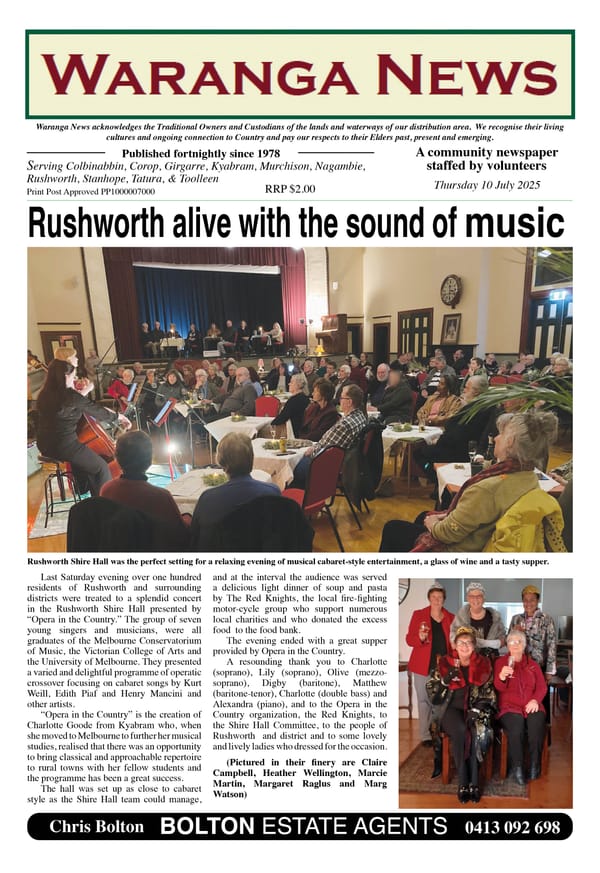34. Religion and Spirituality

As a group, the Chinese miners on the Waranga goldfields were probably more spiritual and active in remaining connected to their religion than the European miners. They obviously had a spiritual connection to their homes in China which meant that many of them returned home as the returns from alluvial mining diminished. If they happened to die in Australia, it was fervently hoped that their remains would be returned to their place of birth. This was not always possible because of financial and other constraints.
These days, although Chinese is an atheist state, the Chinese government officially recognises five religions – Buddhism, Taoism, Catholicism, Protestantism and Islam. The latter three only have tiny congregations today. Less than 3% of the population are members of these religions.
RELIGIOUS PRACTICE
According to Wikipedia, “Confucianism and Taoism (Daoism), later joined by Buddhism, constitute the "three teachings" that have shaped Chinese culture. “There are no clear boundaries between these intertwined religious systems, which do not claim to be exclusive, and elements of each enrich popular or folk religion.”
Briefly, Confucianism is a philosophy, which provides guidelines for social mores and relationships between people and entities. Taoism is more concerned with the spiritual side of people’s lives and the nature of the universe. Buddhism, which was introduced from India, is a philosophy based on personal development and the acquisition of deep knowledge.1
Clearly, this is a fairly simplistic overview of what is a complex array of principles and practices that have developed over millennia and helped to make China the country it is today.
IN WARANGA
The most obvious symbol of religious focus in a community was the “Joss House”, similar to the one in Bendigo. A joss house is defined as a Chinese temple or shrine where an idol or idols are worshipped, similar to churches in the Christian religion. Larger towns on the goldfields had joss houses, but there does not seem to be any record of one on the Waranga goldfields. It is possible that there were communal non-permanent places of worship where people gathered on a regular basis e.g. in tents or bark huts.
With all the Chinese men in the district, there would have been some who were able to minister to their needs, even though it may not have been in an official capacity. Similarly for the Europeans, there were people within the ranks of the miners who could hold services of sorts. Travelling clergymen also provided some services. As well as worshipping at a communal facility, many of the Chinese men would have small shrines in their own tents and huts.
GODDESS OF MERCY
At the Golden Dragon Museum in Bendigo there is a temple known as the Guan Yin Temple, consecrated in 1996. Guan Yin is the Chinese Goddess of Mercy. Although she is a Buddhist goddess, there are many different “incarnations and manifestations of Guan Yin’s divinity.”2 She was the first mother Goddess figure in Chinese religion and consequently is highly revered and worshipped in many countries as “the protector of families and the household, especially women and children.”2
Worship is often associated with making offerings to the Gods, which is why you will see gifts of flowers, fruit and other food placed in the temples. Prayers are accompanied by the burning of incense, which is symbolic in that the smoke is meant to carry those prayers to heaven.
In order to soak up a little of richness of Chinese religion and spirituality, a trip over to the Golden Dragon Museum, Yi Yuan Gardens & Guan Yin Temple complex and the Joss House is recommended. In keeping with the theme, the Buddhist stupa at Myers Flat, Bendigo – the Great Stupa of Universal Compassion - is also well worth a visit.
Sources: 1 https://education.nationalgeographic.org/resource/chinese-religions-and-philosophies; 2 Golden Dragon Museum leaflet entitled Guan Yin – The Goddess of Mercy




